
Q. I have a well-established aquarium that, in a round about way, became a cichlid tank. It is a 55-gallon glass tank with good water chemistry. My question is: Because I want to make this tank more like the habitat a cichlid would live in the wild, what tips for plants and rocks do you have? Is it hazardous to my aquarium environment to change all the substrate, rocks and plants at once?
Bradley Mitchell
Beloit, Kansas
A. The last question is easier to answer than the first. Changing all the rocks and plants in your aquarium at once will not necessarily be harmful. However, there are a few things to consider. If the aquarium has been long established and the substrate has collected a lot of mulm, then uprooting many plants, and the substrate disturbance that goes with it, can release a lot of detritus into the water. Worse, if there are any pockets of material that have turned anaerobic, then hydrogen sulfide might be released, which can be hazardous to the fish. Although, the bubbles more likely to be nitrogen, which are not harmful, it is a good idea to do some deep substrate vacuuming before seriously disturbing the substrate.
Aquatic gardeners transplant their plants often — in fact many get most of their plants by trading with other aquarium hobbyists. Cryptocoryne species can sometimes go into shock when transplanted in aquariums and "melt down,” but luckily they come back if you let them be.
Replacing all of the substrate can be trickier. You are bound to stir up into the water column of the fish aquarium just about everything that is in the substrate — all the mulm, nitrogen, etc. If I were going to replace the substrate, I would do a complete tear down of the tank. I would siphon off most of the water, all but a few inches, into large container and remove the plants and ornaments (driftwood or rocks) to the container and then move the fish to the container also. Then I would scoop out most of the substrate and cover the remaining portion with the new substrate. Next, I’d fill the aquarium to about 1 inch or two of new water and place in the ornaments and then the plants. Then I would very slowly fill the aquarium with about half new water and half old water. After getting the filter and heater going and making sure that the things were stable, I would add back the fish.
What materials and plants comprise a cichlid biotope? There are so many kinds of cichlids — thousands of species in Africa and South and Central America. And, as there are different kinds of cichlids and there are different kinds of biotopes. And some fish of the same species can be found in more than one kind of biotope. The cichlid biotopes include the rock wall of African lakes, the open water African lakes, and the black water, white water and "clear” water of the many rivers in Amazonia. And then there are more! Cichlids in the Rio Negro, a black water river, swim in water that is like dark tea. The water is stained with humic materials from plant mater that falls into the river or that is swallowed up by the river when it rises during the rainier season (there’s no not-rainy season on the Rio Negro). In places, the water is colored like wine and is truly a sight to behold. Lots of driftwood is present and virtually no aquatic plants. The water of the Rio Negro has very little nutrients to support aquatic plants.
Some African cichlids spend their lives among and near the rocks and avoid the predators of the open water. These live happily with few or no plants around except for the algae that some of them eat off of the rocks. Some fine aquascapes can be made using only rocks. Some cichlids are naturally shell dwellers, so you might need to put shells on your list of possible items for your aquascape.
You need to pick a particular type of cichlid and then do a little research on their habitat. It usually is not hard to find some pictures and tips if you can find a book on the relevant species.
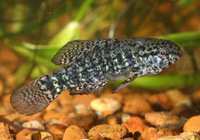 Pygmy Sunfish
With this installment of Conservation Corner, I thought Id t
Pygmy Sunfish
With this installment of Conservation Corner, I thought Id t
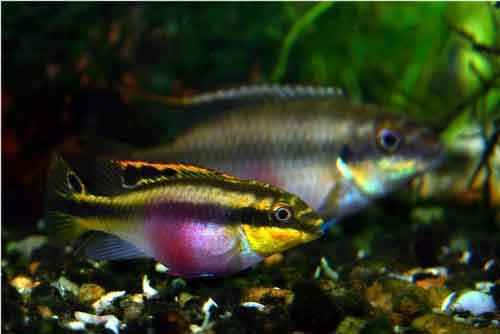 Kribensis Care and Breeding
Kribs are small, colorful cichlids that have become a staple
Kribensis Care and Breeding
Kribs are small, colorful cichlids that have become a staple
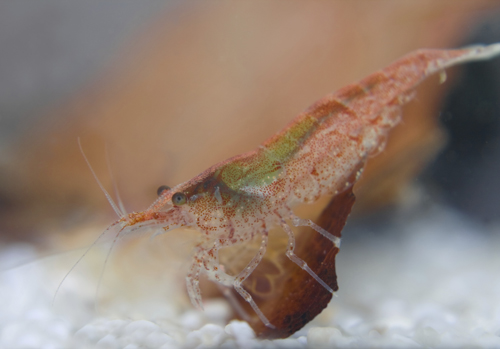 Setting Up a Freshwater Shrimp Tank
Shrimps are interesting aquatic animals that can be raised a
Setting Up a Freshwater Shrimp Tank
Shrimps are interesting aquatic animals that can be raised a
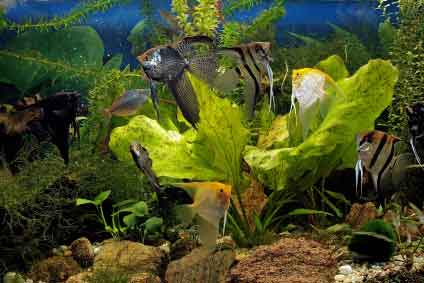 Hiding Fish
A common complaint, especially with new hobbyists, is, &
Hiding Fish
A common complaint, especially with new hobbyists, is, &
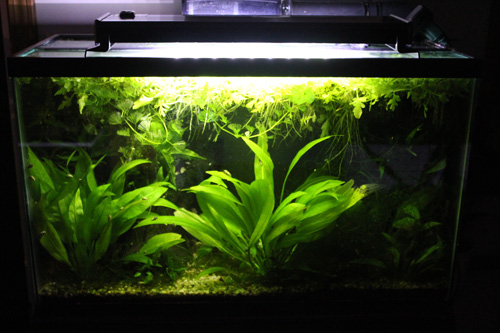 Modular LED lighting for freshwater and marine aquariums
Aquarium manufacturers are shifting to LED lighting systems
Modular LED lighting for freshwater and marine aquariums
Aquarium manufacturers are shifting to LED lighting systems
Copyright © 2005-2016 Pet Information All Rights Reserved
Contact us: www162date@outlook.com